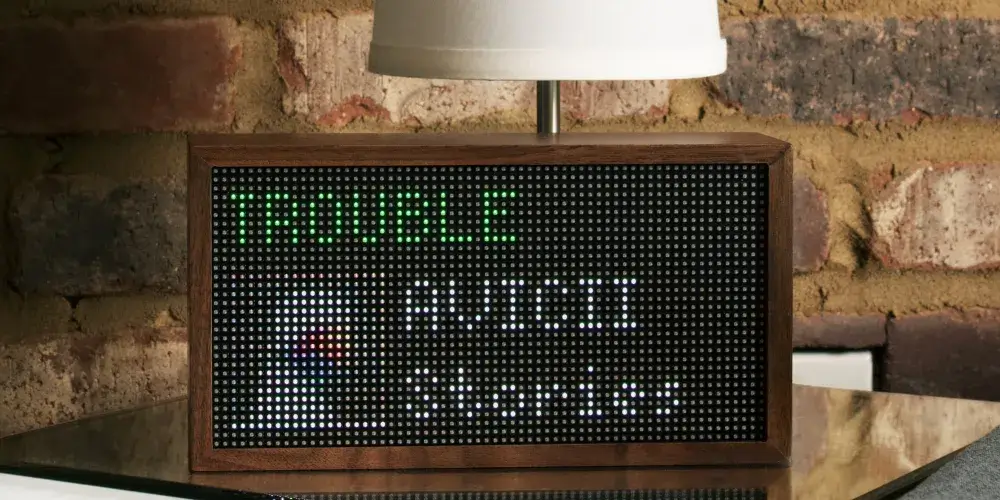The Pursuit of Sustainability in Fabric Technology
The textile industry has been propelled into the spotlight in the quest for more sustainable living. It’s a sector historically tinged with concerns over high water usage, pollution, and waste. But now, sustainability isn’t just a buzzword; it’s a directive guiding the entire industry towards transformation. Innovators are pioneering materials such as sustainably sourced eco-fabrics that promise an unrivaled comfort level. This move towards materials with a lower ecological footprint is driven by an increasing consumer demand for products that align with personal values of sustainability and ethical responsibility.
Traditional materials are giving way to those that mitigate the ecological burden as producers weave ecological considerations into the very fabric of their products. From sourcing raw materials to the product’s end-of-life, sustainability is being prioritized. This comprehensive approach paves the way for a healthier planet and an engaged consumer base that values authenticity and environmental stewardship.
Integrating Comfort with Eco-Innovation
The textile landscape is being remodeled as comfort and environmental awareness become inextricably linked. In an era where the discerning consumer seeks out brands that embody their values, the spotlight shines brightly on innovations that pair comfort with sustainability. It’s an era where softness, breathability, and durability are forged from materials once discarded, now recycled and transformed. Eco-innovations are drastically reducing the textile industry’s carbon footprint, making what was once a distant dream of ultimate comfort and complete sustainability an accessible reality.
Shifting Consumer Behaviors Toward Sustainable Fabrics
The narrative is changing. Where once luxury was king, now ethics reign. Today’s consumers wield significant influence over the textile market, advocating for transparency and responsibility, qualities that are coming to define modern fabric technology. They look beyond aesthetics and price, delving into the lifecycle and origins of the clothes that cloak them. This heightened environmental awareness fosters a global movement toward sustainable fabric choices, one purchase at a time, each a personal pledge to planetary health.
Consumers increasingly seek fabrics from organic materials such as cotton, hemp, and bamboo, which require fewer pesticides and water to cultivate. Additionally, there’s a growing demand for recycled textiles, which reduce the strain on natural resources and minimize waste. Brands are responding to this shift by adopting eco-friendly manufacturing processes and transparent supply chains, aligning with the values of their environmentally-conscious clientele. The rise of social media and online forums has also empowered consumers to share information and hold brands accountable for their sustainability practices, further driving the push towards greener fabrics. As this momentum continues to build, the fashion industry is compelled to adapt, with sustainable fabrics poised to become the new standard rather than a niche market.
Adaptations in the Market: How Industry Leaders Are Responding
The response from the textile industry to the sustainability challenge is robust and progressive. Across the globe, brands are reassessing and restructuring their operations and narratives. They are embracing this new reality with initiatives that span the gamut from reducing water usage and incorporating organic materials to embracing closed-loop systems that transform waste into wearable fabric. In this new landscape, transparency isn’t just ethical; it’s expected and utilized as a powerful differentiator in the market.
The Environmental Impact of Textile Production
The textile industry’s environmental footprint is historically heavy—steeped in excessive water consumption, chemical runoff, and high levels of waste. Nonetheless, the industry’s environmental impact is no longer considered a necessary evil. Sustainable fabric technologies are steadily decreasing this burden by overhauling the materials and methods used in production. Establishing eco-fabrics is more than a triumph of innovation; it’s a beacon, signaling an industry-wide shift towards more mindful production processes, signaling hope for a more sustainable future.
A Spotlight on Eco-Friendly Materials and Their Production
At the forefront of sustainable innovation are eco-friendly materials—engineered precisely and purposed with intention. These materials, once waste materials or responsibly sourced renewables, are the building blocks of new-age textiles. Their production often requires a mere fraction of the water and energy typically consumed by traditional textiles, and their advent is a testament to an industry in the throes of a green revolution. As consumers become increasingly eco-conscious, these materials stand as a testament to what the industry can achieve: performance without degradation and quality without detriment.
Delving deeper into the science of sustainable textile production, recent studies highlight the innovation behind sustainable dyes, which are integral to producing eco-fabrics. The search for non-toxic, biodegradable, and renewable alternatives to traditional dyes reshapes manufacturing processes and sets new industry standards.
Manufacturing Shifts in Response to Sustainability Trends
Manufacturing paradigms are evolving powerfully in response to the growing consumer demand for more sustainable products. Driven by necessity and responsibility, companies are fundamentally rethinking their production processes. The transformation involves embracing renewable energy, recycling wastewater, and optimizing manufacturing to minimize environmental harm. These adaptive measures demonstrate that appealing to the contemporary consumer is inexorably linked to sustainability, ensuring that the textiles of tomorrow are not at odds with today’s environment.
Looking Ahead: The Future of Sustainable Fabric Technologies
The seismic shifts we witness today in fabric technology spell a future with potential. With relentless innovation aimed at reducing the environmental impact and advancing comfort and style, the textile industry is poised for a sustainable renaissance. A dynamic confluence of ethics, commerce, and craftsmanship spells out a new fashion and fabric technology era. The anticipatory hum in the air is palpable—a chorus of designers, scientists, and consumers unified in their demand for a revolution in how we perceive and produce textiles.
As this future unfolds, the continuous development of alternative materials and responsible manufacturing processes highlights the industry’s commitment to change. The increased demand for eco-fabrics and the consequent environmental benefits underscore an emerging narrative—one where a deeper understanding of and respect for the environment is integral to the very weave of our textiles. This synergy between industry progress and consumer influence is encapsulated in comprehensive research on sustainable textiles’ current and future market trends, providing a blueprint for the industry’s trajectory toward environmental harmony.





